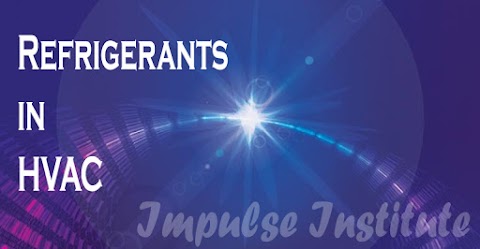What is HVAC?
Heating, Ventilating, and Air
Conditioning (HVAC) equipment perform heating and/or cooling for residential,
commercial or industrial buildings. The HVAC system may also be responsible for
providing fresh outdoor air to dilute interior airborne contaminants such as
odors from occupants, volatile organic compounds (VOC’s) emitted from interior
furnishings, chemicals used for cleaning, etc. A properly designed system will
provide a comfortable indoor environment year round when properly maintained.
 |
Vapour Absorption Cycle
|
An air conditioner cools and dehumidifies
the air as is passes over a cold coil surface. The indoor coil is an
air-to-liquid heat exchanger with rows of tubes that pass the liquid through
the coil. Finned surfaces connected to these tubes increase the overall surface
area of the cold surface thereby increasing the heat transfer characteristics
between the air passing over the coil and liquid passing through the coil. The
type of liquid used depends on the system selected. Direct-expansion (DX)
equipment uses refrigerant as the liquid medium. Chilled-water (CW) can also be
used as a liquid medium. When the required temperature of a chilled water
system is near the freezing point of water, freeze protection is added in the
form of glycols or salts. Regardless of the liquid medium used, the liquid is
delivered to the cooling coil at a cold temperature.
In the case of direct expansion
equipment, the air passing over the indoor cooling coil heats the cold liquid
refrigerant. Heating the refrigerant causes boiling and transforms the
refrigerant from a cold liquid to a warm gas. This warm gas (or vapor) is
pumped from the cooling coil to the compressor through a copper tube (suction
line to the compressor) where the warm gas is compressed. In some cases, an
accumulator is placed between the cooling coil and the compressor to capture
unused liquid refrigerant and ensures that only vapor enters the compressor.
The compression process increases the pressure of the refrigerant vapor and
significantly increases the temperature of the vapor. The compressor pumps the
vapor through another heat exchanger (outdoor condenser) where heat is rejected
and the hot gas is condensed to a warm high pressure liquid. This warm high
pressure liquid is pumped through a smaller copper tube (liquid line) to a
filter (or filter/dryer) and then on to an expansion device where the high
pressure liquid is reduced to a cold, low pressure liquid. The cold liquid
enters the indoor cooling coil and the process repeats.
As this liquid passes through the
indoor cooling coil on the inside of the heat exchanger, two things happen to
the air that passes over the coil’s surface on the outside of the heat
exchanger. The air’s temperature is lowered (sensible cooling) and moisture in
the air is removed (latent cooling) if the indoor air dew point is higher than
the temperature of the coil’s surface. The total cooling (capacity) of an AC
system is the sum of the sensible and latent cooling. Many factors influence
the cooling capacity of a DX air conditioner. Total cooling is inversely proportional
to outdoor temperature. As the outdoor temperature increases the total capacity
is reduced. Air flow over the indoor cooling coil also affects the coil’s
capacity and is directly proportional to the total capacity of an AC system. As
air flow increases, the total capacity also increases. At higher air flow rates
the latent capacity of the cooling coil is reduced. Indoor temperature and
humidity also affect the total capacity of the AC system. As indoor
temperatures increase, the sensible capacity also increases. Similarly, as
indoor relative humidity increases the latent capacity of the AC system
increases. Manufacturers of AC equipment typically provide a “performance map”
of specific equipment to show how total, sensible, and latent capacity change
with changing indoor and outdoor temperatures and humidity. Power consumption
and energy efficiency are also provided in these charts.
_
Best MEP HVAC E-Learning portal | Free MEP notes , Tutorial and presentation.
_
Best MEP HVAC E-Learning portal | Free MEP notes , Tutorial and presentation.



